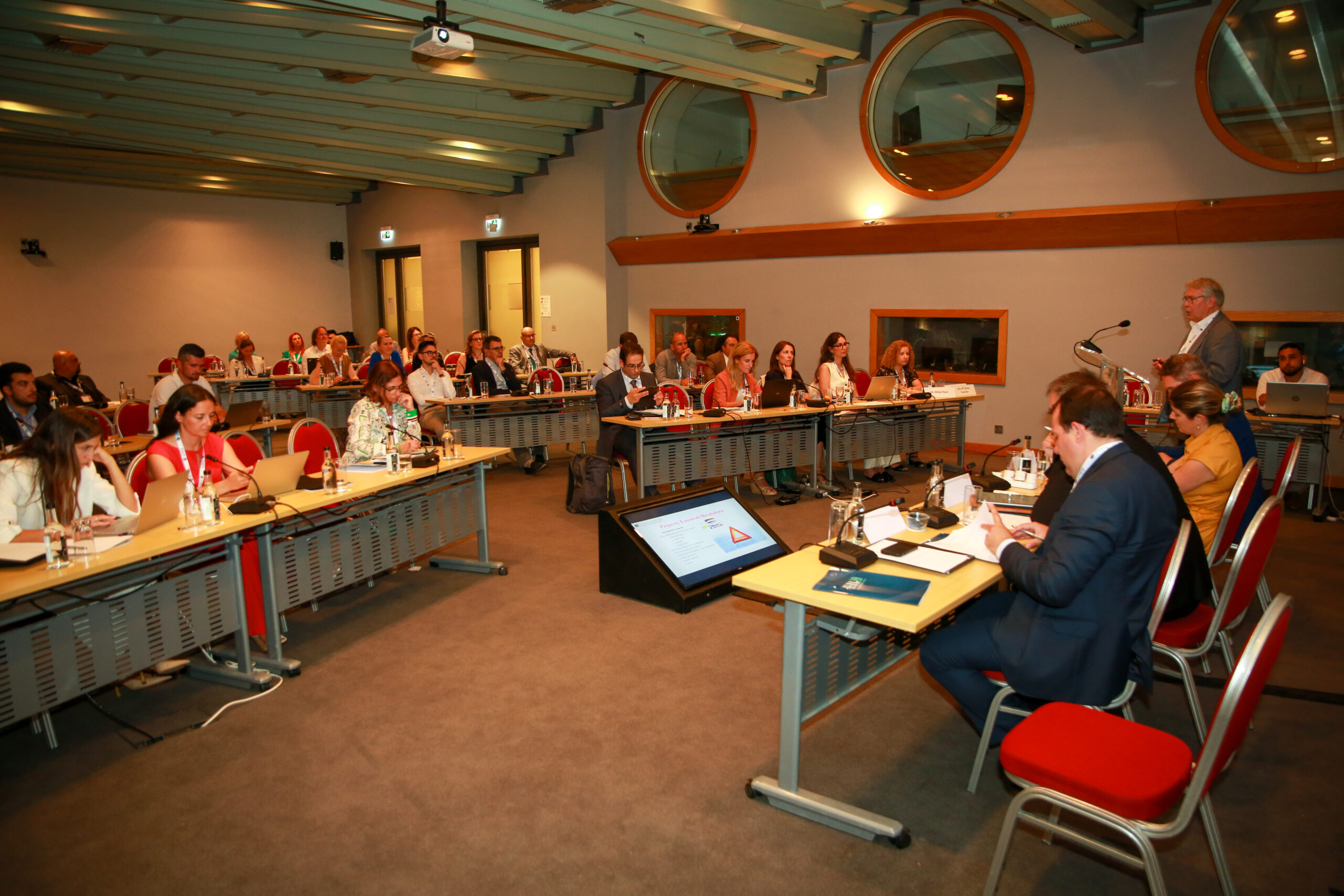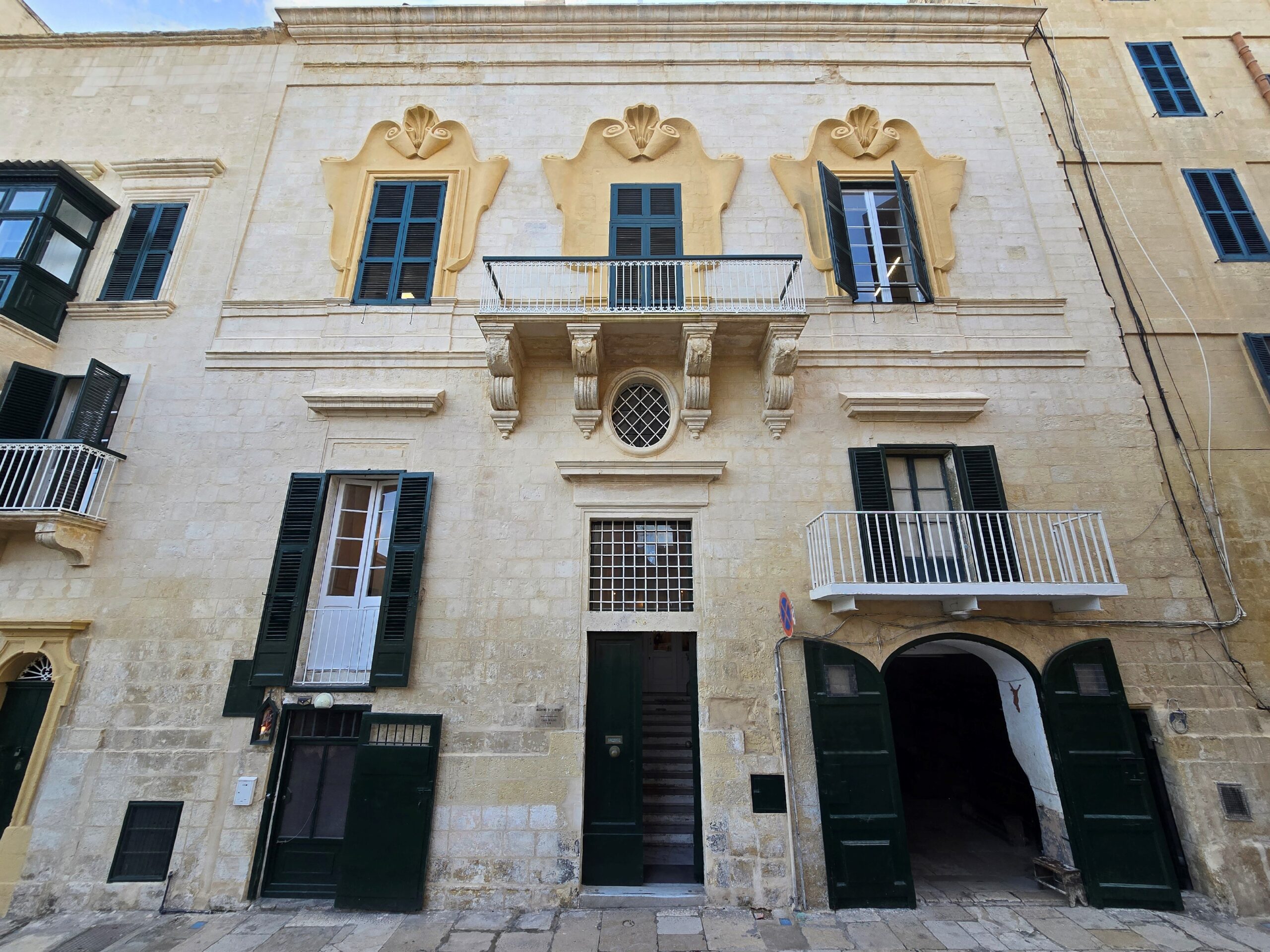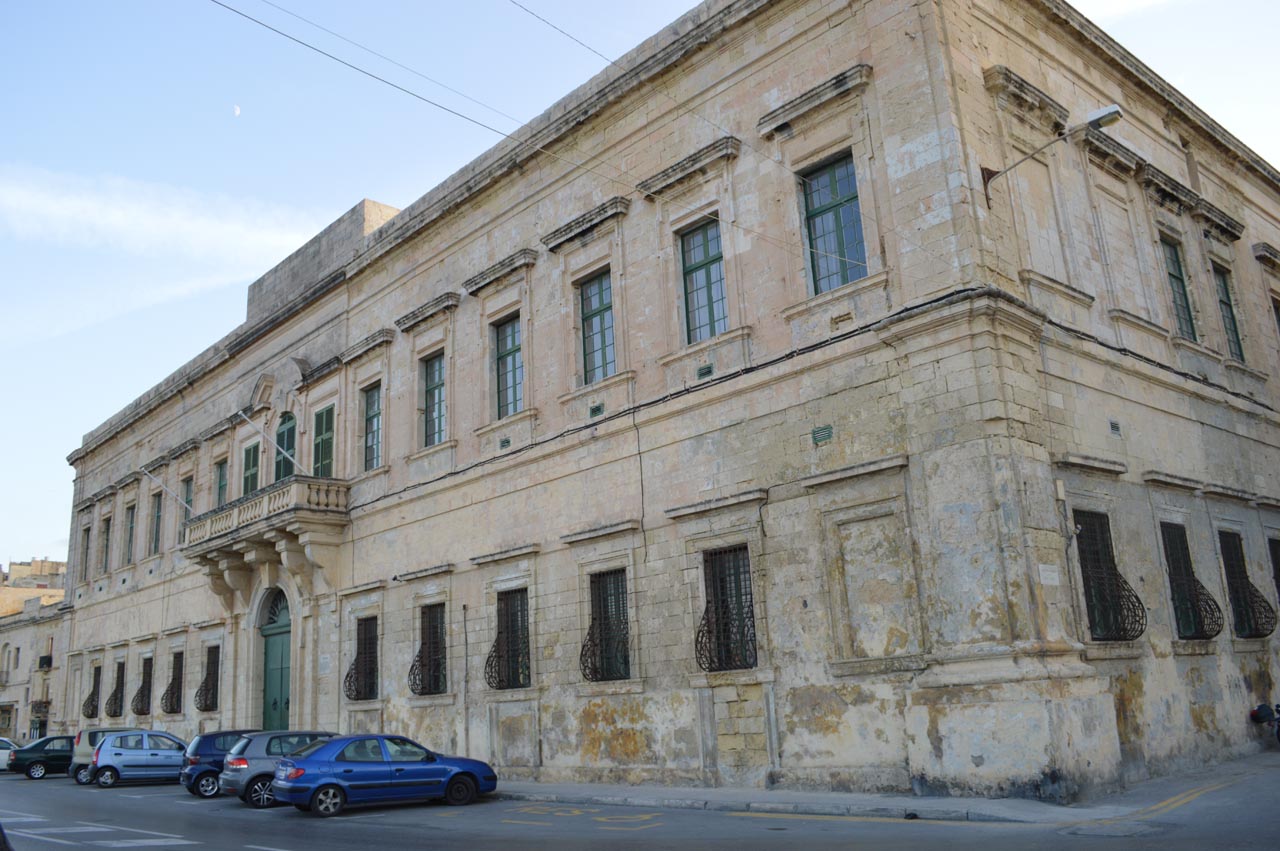Frequently Asked Questions for Property Registration
To contact an Agency Official, you may request an appointment via enquirieslandsregistry@gov.mt/enquirieslandsregistrygozo@gov.mt. The request will be forwarded to the respective official to facilitate setting up an appointment with you.
The Land Registration Agency registers:
- First Registration of properties;
- Dealings and transfers of properties
- Hypothecs/waivers/charges and their cancellation
- Cautions contesting declared ownership or rights.
Form E needs to be submitted in duplicate together with an original official site plan along with a copy of said plan, which plan must be marked and signed by an architect. The submission of a Form E can be done against a payment of €30 which can either be sent by post or submitted by hand to our offices.
Preferably and to avoid delays, payments are to be carried out via cheque or card payment.
There can be two instances where a property needs to be registered:
- When a property is within a registration area:
- every contract conveying the ownership of immovable property, or any real right over such property including transactions relating to immovable property under trusts, or whereby any act having the effect of conveying the ownership of immovable property or any real right over such property, is dissolved, rescinded or revoked, and every contract creating or varying such right or whereby any such right is converted into any other of such rights or is waived, and every contract whereby immovable property is partitioned, and every act having a declaratory effect as to the ownership of, or any real right over, immovable property (including a deed made for a purpose of the Duty on Documents and Transfers Act, and an inventory drawn by a trustee accepting a testamentary trust and a unilateral declaration of trust with regard to additional trust property, but excluding any other deed of inventory), and every contract of antichresis;
- every judgment whereby any act having the effect of conveying the ownership of immovable property, or any real right over such property, is dissolved, rescinded or revoked, or which directly adjudges the transfer of the ownership of immovable property, or of any real right over such property, or which has the effect of creating a hypothec, and every hypothec arising by operation of law; and Cap. 16.
- every conveyance of immovable property by judicial sale, and every redemption of groundrent effected in accordance with article 1501 of the Civil Code
in so far as the land comprised in the contract, judgment, judicial sale or in the schedule of redemption or affected by the hypothec is situated within a registration area, shall, in no case, commence to be operative, with regard to third parties, until and unless the title to the land conveyed or affected, whether beneficially or adversely, by any contract, judgement, judicial sale, redemption or hypothec as aforesaid, is registered in the day-book in the manner prescribed.
2. Without prejudice to the provisions of article 17(3), the registrar may, in his discretion, likewise register the title to land situated outside a registration area and comprised in any contract, judgment, judicial sale or redemption as aforesaid or affected by any such hypothec as aforesaid and in any such case he shall make such entries in the register as are appropriate; and where land is so registered this Act shall apply thereto as if it were situated in a registration area.
There can be a number of reasons why a property might not be registered. This could either because the property:
- is not within a Obligatory Registration Area;
- the property was acquired prior to the area becoming a Land Registration Area;
- In some exceptional circumstances it could be that the request has not yet been submitted;
- Some issue has been encountered during the processing of the application.
If you require an unofficial reply, you may submit a site plan (a Google Map screenshot with property in question marked would suffice) along with the address of the property via email to enquirieslandsregistry@gov.mt/enquirieslandsregistrygozo@gov.mt where you will be assisted accordingly.
If an official reply is required, a Form E needs to be submitted in duplicate together with an original official site plan along with a copy of said plan, which plan must be marked and signed by an architect. The submission of a Form E can be done against a payment of €30 which can either be sent by post or submitted by hand to our offices.
Preferably and to avoid delays, payments are to be carried out via cheque or card payment.
If a property is not within a Registration Area normally this cannot be registered, the exceptions are:
i) Registration within the parameters of S.L 296.13 or
ii) there is an overriding request by a Lawyer/Notary conceded to by the Land Registrar or
iii) a decision by the Courts.
If a property is situated in a Land Registration Area, you may register it voluntarily through your Notary.
To register your property, the following documents are required:
- The document showing the way the property was acquired, in most cases it is a deed or a will;
- An official site plan marked and signed by a Perit as outlined in Legal Notice 143.2019 (link to LN)
- The relevant form to be signed and endorsed by a Notary representing the client.
In this instance Forms A, B, C or D may be submitted. The requirements of each Form are listed in the Forms subsection listed on page 1 of this document.
The above documents are to be submitted to the Land Registration Agency by hand and they will be vetted to ensure that all information is as required. Following validation, an application number is given to the submission and it is entered into the records of the Register. Then the application will be processed and referred to the Land Registrar for decision.
As per Legal Notice 143.2019, an official site plan must contain the following criteria in order to be deemed acceptable by the Agency:
- The official plan of the Land Registry shall consist of the plan which should have been issued by the Land Registry after the 13th June, 2011. The scale of the plan is to be determined in relation to the size of the property.
- The plan must include the following information:
- the exact site and configuration;
- the distance from the nearest corner or other fixed point;
- the area;
- in the case of urban or built up property, the measurements around the perimeter;
- in the case of rural unbuilt property, the measurements around the perimeter unless the relative field/land is encompassed by a wall which is visible on the official plan.
- in the case where that part of the plan shown at a scale higher than 1:2500 so permits, the applicant may use the official plan to indicate the nature and extent of other applicant’s rights;
- the level of the property and/or the level of building;
- in the case where an additional detailed plan is required, the detailed plan should indicate:
- the scale that is being used and should include either a vertical or a horizontal scale bar;
- the level of the building from the lowest level;
- any common parts and rights at all levels which are enjoyed or to which the property is subject, which rights will be determined from the applicant’s title deed;
- the said plans should also include a legend where the colour red would indicate that the applicant is the owner, while any other rights are to be indicated in any colour the applicant deems fit;
- the original plan and the detailed plans duly completed by, or under the supervision of, the architect in accordance with these rules, shall be signed in blue ink, by the architect who shall set his official stamp or write his name in block capitals below his signature; and
- detailed plans are to be submitted on at least size A3 paper
An official site plan may be ordered via www.landsregistryplans.gov.mt . A video on the same website demonstrates how to order the site plan, a fee is required to be paid online by card. The site plan will be sent to you by post or can be collected by hand from our offices from Monday to Friday between 8am and 1pm.
Purchase of a site plan can be done against a fee of €6 per plan ordered.
Upon submittal of application to the Land Registration Agency, the Notary will be provided with a reference number relating to your application. The number consists of a prefix LRA related to an application on registration of a property and LRC related to the registration of a Charge followed by four digits and the year of submission eg. LRA 1234/2024. In order to enquire about the status of your application, you require the reference number provided to your Notary.
If there are issues related to the application the Agency will be in contact with the Notary who submitted the application or the Perit who signed the required site plans and plans, depending on the nature of the issue. It is imperative that you follow the matter with the Notary to ensure that the process is concluded.
You may order a copy via enquirieslandsregistry@gov.mt/enquirieslandsregistrygozo@gov.mt which can then be collected by hand against payment. The fee for a certificate of title is €5 for a document up to 5 pages in length, any additional pages are at 50c per page and if the document include plans in A3 format there is an additional fee of €1 for every A3 page.
Copies of applications/documents submitted may be requested against a fee of 50c for every A4 page and €1 for every A3 page.
A Form E is submitted when requesting an official search on a property. The form is presented alongside a site plan. The aim of a Form E is to acquire information on whether a property is within a registration area or not as well as to acquire any information regarding the specific property if it is already registered with the Agency.
In order to check the status of your Form E, you may send an email on enquirieslandsregistry@gov.mt/enquirieslandsregistrygozo@gov.mt giving the full address of the property, name of Notary who submitted the Form E and the date of when it was submitted.
The Land Registration Agency registers a title of ownership which can be Direct Dominium, the Utile Dominium or freehold.
Rent or Leases including Agricultural Leases are not registrable at the Land Registration Agency.




